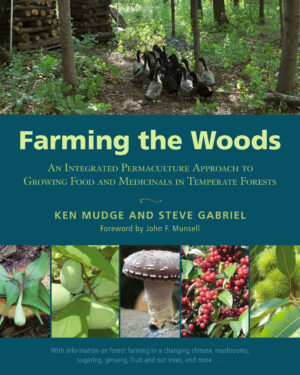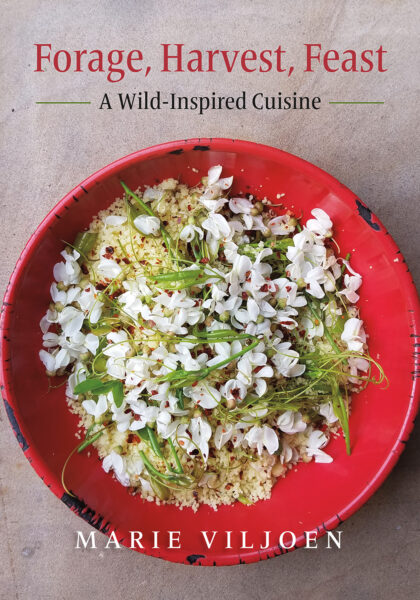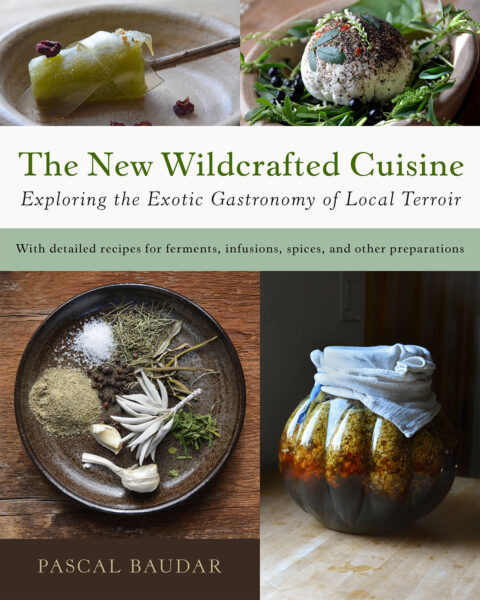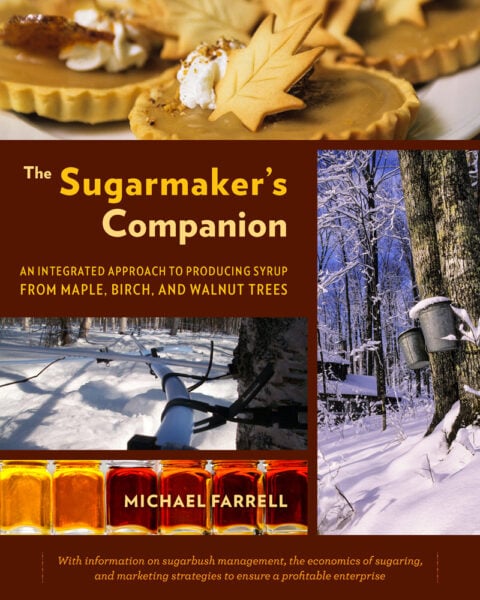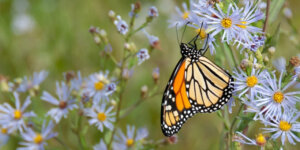Birch & Walnut Syrups: Beyond the Maple
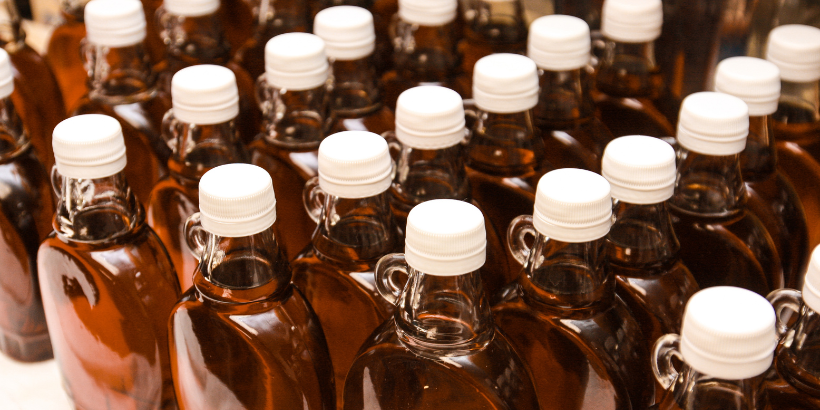
Move aside, maple! We have two new syrups to add to the table. Check out this insight on tapping, selling, and eating syrup from walnut & birch trees.
The following is an excerpt from Farming the Woods by Steve Gabriel and Ken Mudge. It has been adapted for the web.
Walnut Syrup
Walnut (Juglans spp.) trees are wonderful nut producers and also provide potential high-value wood products. If trees are not candidates for the latter, then tapping in addition to nut harvest can be a nice combination of yields for the forest farmer.
The tapping of walnut also opens up the possibility of sugaring for forest farmers in warmer temperate climates found in the southern United States and parts of the Midwest.
Potential Sap Yields
While the basics of tapping, harvesting, and boiling walnut are the same as with maple and birch, the potential yields are much lower.
Walnut trees have a similar sap-to-syrup ratio as maple syrup, but sap yields (volume per tree) from trees appear to be lower. Walnut sap flows in response to the freeze/thaw dynamics similar to those that make the maple sap run, so often the need to boil is concurrent with maple syrup.
While there is still research to be done, it isn’t highly likely that black walnut syrup will develop into its own market. Instead, it is recommended as a hobby pursuit or for the commercial grower to consider boiling walnut along with maple, and selling this combination for a higher price.
Indeed, a small number of growers are doing this and getting as much as $60 a gallon for their walnut-maple syrup (compared for $45 a gallon for pure maple). This is mostly because of the novelty.
Differences Between Syrups: Walnut vs. Maple
On its own, walnut syrup is similar to maple syrup; it can be quite astringent but is infused with the nutty taste one might expect from it.
Researchers from Kansas State University recently experimented with producing black walnut syrup, then did some consumer research on preferences for black walnut versus maple syrup.
They found no significant differences on the likability scale between these two syrups and concluded that black walnut syrup could develop as a niche market in the Midwest.43
Tapping Walnut Trees
 Usually it isn’t recommended that trees destined for timber markets be tapped, whatever the species.
Usually it isn’t recommended that trees destined for timber markets be tapped, whatever the species.
Yet an interesting recent anecdote is that tapped maple wood has been successful when sold as a high-value wood in niche markets, where the staining is seen as a unique feature desirable to some for decorating homes and celebrating the rich tradition of sugaring.
The same potential could hold true for black walnut, though it’s hard to know.
One major difference is that the discoloration left by a tap in maple wood is often a dark stain on white wood, but the black walnut develops a very dark brown heartwood, and it’s unclear what effect tapping would have on this.
So if timber is a clear goal for walnut trees, it’s better to leave them untapped. Walnut trees with poor form and defects are good possible candidates for experimentation. Trees with a decent timber potential could also be tapped lower on the tree.
Birch Syrup
Those who already tap maples may want to consider also tapping birch trees, should they be fortunate enough to have a stand in their woods.
Birch sap doesn’t usually begin flowing until the end of maple season, and since the same equipment is used for both, maple producers could simply switch over and continue to make syrup.
Of course, there is a catch: While a gallon of finished maple syrup takes 40 to 50 gallons of sap, it’s more like 100 to 200 for birch, because it has a much lower sugar content (1 to 1.5 percent).
Selling Birch Syrup
The extra time and expense can pay off, however, as birch syrup is sold for $350 to $400 a gallon (maple is $45 to $60 for a gallon), and with demand far outstripping supply, it’s a farmer’s market.
Most of the available birch syrup comes from Canada and Alaska, where birch forests are more common. But many northern states have the potential to “tap” into their birches as a source of syrup.
Birch Syrup Flavors
Birch syrup is not for pancakes. It’s fruity, spicy, and sometimes reminiscent of molasses or licorice in flavor. The primary sugar in birch syrup is fructose, compared to maple, which contains mostly sucrose.
The former is touted to be an easier sugar to digest and also contains the lowest glycemic index of all sugars, which makes it the most suitable sugar for use by diabetics. The syrup boasts a high vitamin C content and good amounts of potassium, manganese, thiamin, and calcium.
Birch Syrup Season
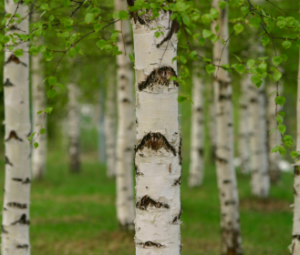 While maple and black walnut saps run in response to dramatic changes in temperature dynamics (also known as stem pressure), birch sap operates off root pressure, which requires that temperatures stay above freezing day and night.
While maple and black walnut saps run in response to dramatic changes in temperature dynamics (also known as stem pressure), birch sap operates off root pressure, which requires that temperatures stay above freezing day and night.
Thus, since collection and boiling equipment is the same, birch could be seen as a form of season extension for sugarmakers.
Researching Syrups
In 2012 researchers at the Cornell Maple Program station in Lake Placid, New York, tapped around four hundred birch trees and produced about 30 gallons of syrup.
Mike Farrell, director of the program, plans to expand production to six hundred to seven hundred trees and develop a significant research and Extension effort on “the biological, technological, processing and economic aspects of birch and walnut syrup production.”
Research objectives include determining the best times for tapping, sugar concentrations of trees, consumer preferences, and the impact on lumber quality, along with looking at the economics.45
Notes
43. Matta, Z., E. Chambers, and G. Naughton. 2004. Consumer and descriptive sensory analysis of black walnut syrup. Journal of Food Science. 70. 9: S610–S613; Naughton, G. G., W. A. Geyer, and E. Chambers IV. 2006. Making syrup from black walnut sap.Transactions of the Kansas Academy of Science. 109. 3:214–220.
45. Shackford, S. 2013. Researchers tap potential of walnut and birch trees. Cornell Chronicle. 1 January 2014. http://www.news.cornell.edu/stories/2013/02/ researchers-tap-potential-walnut-and-birch-trees.
Recommended Reads
Recent Articles
Garden strawberries are excellent for both covering the ground and for growing fruit. If you’re planning out a forest garden, or are just looking for a plant to use as ground cover, strawberries are a great option. The following is an excerpt from The Home-Scale Forest Garden by Dani Baker. It has been adapted for…
Read MoreFor too long, bugs have had a negative connotation associated with them. But what if we took the time to observe the benefits of insects? It’s time to rebug our gardens, lawns, and parks! The following is an excerpt from Rebugging the Planet by Vicki Hird. It has been adapted for the web. Adding Bugs:…
Read MoreAsparagus is a delicious vegetable with a layered history. How did this aspiring spear make its way from growing in the wild to appearing on our plates? The following is an excerpt from the The Seed Detective by Adam Alexander. It has been adapted for the web. “Nature gives us the key to every secret…
Read MoreInterested in growing trees? Here are some tips on successfully planting, transplanting, and pruning trees to create a flourishing forest garden! The following is an excerpt from The Home-Scale Forest Garden by Dani Baker. It has been adapted for the web. Planting Potted Trees and Shrubs If you order potted trees, check with your supplier to…
Read MoreChances are, you’ve seen cattails growing on the edge of your local lake or stream at least once or twice. Instead of just passing these plants, try foraging for and cooking them to create delicious seasonal dishes! The following excerpt is from The New Wildcrafted Cuisine by Pascal Baudar. It has been adapted for the…
Read More

